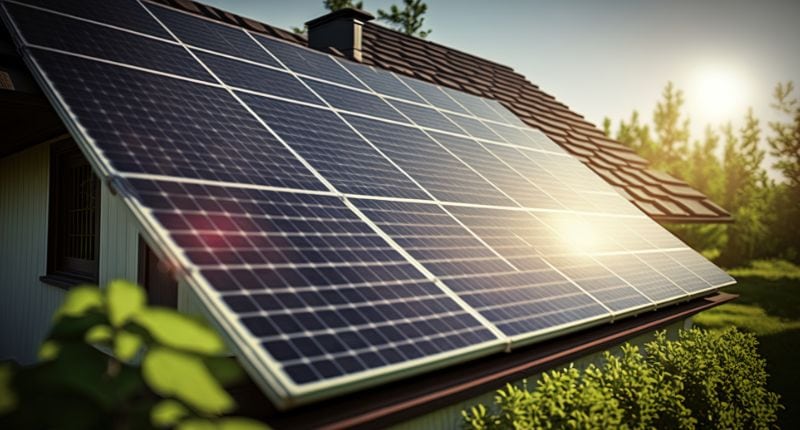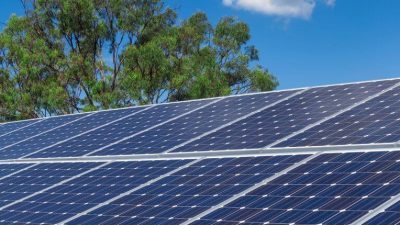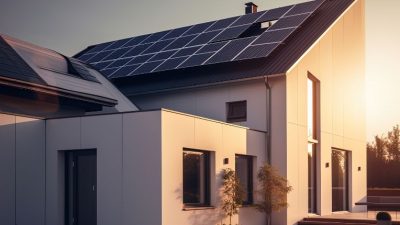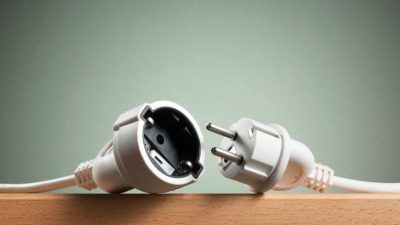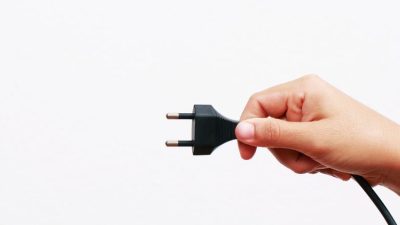With the advancement of technology and the growing awareness of the need to adopt sustainable practices, more and more people and businesses are turning to photovoltaic installations to generate their own energy.
However, when considering the implementation of a solar energy system, a crucial question arises: Is it better to opt for a grid-connected photovoltaic system or a stand-alone system?
In this comparative analysis, we will explore in detail the characteristics, advantages and disadvantages of both types of installations. Grid-connected and off-grid installations represent two different approaches to harnessing solar energy, each with their own benefits and challenges.
Understanding the differences between these systems is critical to making an informed decision that fits the specific needs of each project.
Photovoltaic Installations Connected to the Electricity Grid
Grid-connected photovoltaic installations are systems designed to operate in conjunction with the conventional electricity supply. This type of installation allows users to generate their own electricity from solar energy and, at the same time, be connected to the public electricity grid.
Advantages of grid-connected installations
- Surplus injection: One of the main advantages of grid-connected installations is the ability to inject excess energy generated into the electricity grid.
When solar panels produce more energy than is consumed by the home or business, the surplus is sent to the grid. This process can generate additional revenue or credits on the user’s electricity bill, which helps to improve the profitability of the PV system.
In addition, some government programmes offer financial incentives for feeding solar energy into the grid. - Energy Stability: By being connected to the grid, these installations can supplement their supply with conventional electricity at times when solar generation is insufficient, such as at night or on cloudy days. This guarantees a more stable and continuous energy supply, avoiding interruptions in the electricity supply and providing greater peace of mind for users.
- Lower Initial Investment: Generally, grid-connected installations can be cheaper in terms of initial investment.
They do not require the purchase of energy storage systems (batteries), which are necessary for off-grid installations. This significantly reduces initial project costs, facilitating access to solar energy for a larger number of people and businesses.
Disadvantages of grid-connected systems
- Grid Dependency: Despite the advantages, grid-connected installations are dependent on the availability and quality of the power supply from the public grid. In the event of grid failures, users may experience interruptions in supply, which can be a drawback, especially in areas with unstable electricity infrastructures.
- Regulations and Tariffs: Grid-connected installations are subject to local regulations and connection fees that can vary significantly from region to region. These regulations can affect the profitability of the project and, in some cases, impose limitations on the size of the installation or the amount of energy that can be fed into the grid.
- Lack of Energy Autonomy: In the event of prolonged power outages, grid-connected installations cannot supply themselves without a back-up or energy storage system. This can be a problem in areas prone to blackouts or in emergency situations where a constant power supply is required.
Grid-connected photovoltaic installations represent a viable and efficient option for those seeking to harness solar energy without sacrificing the security and stability of conventional electricity supply. The possibility of feeding surpluses into the grid and the lower initial investment are important attractions that can make this option the most suitable for many users.
Off-Grid Photovoltaic Installations
Off-grid photovoltaic installations are systems designed to operate independently of the conventional electricity supply. These systems are ideal for remote locations, areas without access to the grid or for users seeking greater energy autonomy.
Advantages of off-grid photovoltaic systems
- Energy Autonomy: One of the main advantages of off-grid installations is the energy autonomy they offer. By not relying on the grid, these systems provide energy independence and security.
This is especially beneficial in rural or remote areas where electricity infrastructure is non-existent or unreliable. Users can generate and consume their own energy, guaranteeing a constant and controlled supply. - Location Flexibility: Off-grid PV installations can be installed in virtually any location, without the need to be close to existing electricity infrastructure. This makes it possible to take advantage of land and buildings in areas where grid connection would be costly or impractical.
The flexibility of location is a significant advantage for rural homeowners, agricultural businesses and development projects in remote areas. - Greater Control over Electricity Supply: Off-grid systems allow homeowners to have greater control over their electricity supply. They can efficiently manage energy consumption and storage, adapting to their specific needs.
In addition, independence from the grid allows users to avoid price fluctuations and regulations that affect grid-connected installations.
Disadvantages of off-grid systems
- Storage Costs: A notable disadvantage of off-grid installations is the need for energy storage systems, such as batteries, to ensure a constant supply. Batteries can significantly increase the initial investment and require regular maintenance.
However, despite the initial cost, batteries can be a profitable investment in the long term, especially with the subsidies available and continuing price reductions in the energy storage market. - Lower Economic Profitability: Off-grid installations cannot benefit from the injection of surplus energy into the grid, which can limit their economic profitability compared to connected installations.
However, it is important to consider that there are subsidies and support programmes that can improve the economic viability of off-grid systems, especially in areas with high electricity costs. - Increased Design Complexity: The design and planning of a stand-alone installation is more complex due to the need to properly size the storage system and manage energy demand efficiently.
It is crucial to have a team of experts who can design a system that fits the specific needs of the user and ensures a reliable and efficient energy supply.
Off-grid PV installations represent a powerful and flexible solution for those who seek energy independence and have specific needs that cannot be met by a conventional grid connection. While the upfront costs and design complexity may be higher, the benefits of autonomy and siting flexibility are considerable.
Comparison and Factors to Consider
This comparison makes it easier to evaluate the advantages and disadvantages of each system, allowing you to make an informed decision according to your needs.
| Aspect | Grid-Connected Installations | Off-Grid Installations |
| Energy Autonomy | Low, network dependent | High, network-independent |
| Location Flexibility | Limited to areas with network access | High, can be installed in any location |
| Control over Supply | Less control, subject to regulations | Greater control, independent management |
| Initial Investment | Smaller, no batteries required | Larger, require storage systems |
| Surplus injection | Yes, it can generate additional income | No, they do not benefit from the surplus injection. |
| Network dependency | High, grid dependent | None, not network dependent |
| Design Complexity | Smaller, simpler design | Larger, requires careful design and planning |
| Economic Profitability | High, surplus injection benefits | Variable, less direct economic return |
When assessing the differences between grid-connected and off-grid PV installations, it is crucial to consider factors such as project location, energy requirements, grid availability and long-term goals.
Both options have their own advantages and disadvantages, and the choice between one or the other will depend on the specific needs and circumstances of each case.
Ready to go solar?
Don’t wait any longer and join the solar revolution. Request your personalised quote today and find out how you can start saving on your electricity bill while helping the environment. Visit our website, contact us by phone or send us an email for more information.
Together we can build a more sustainable and autonomous future! Your path to energy independence starts with a simple decision. Choose SolarMente and transform your home or business with the power of the sun.

